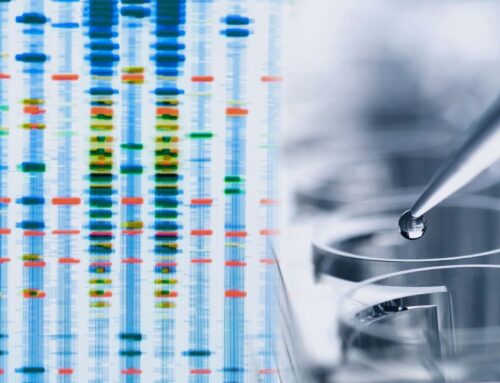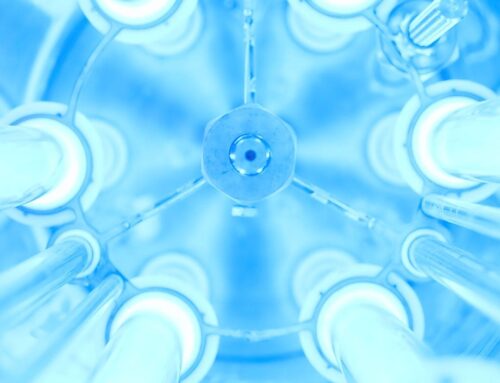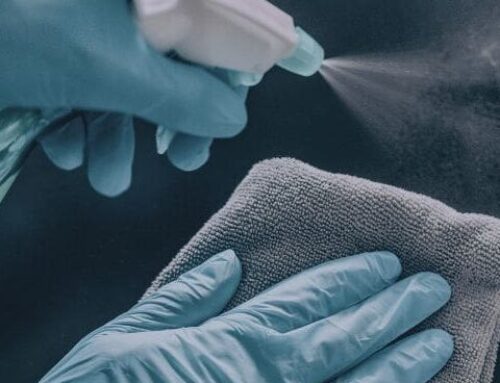One tool in the microbiologist’s toolbox is differential and selective media. Differential and selective media exploit differences in microbial tolerance to chemicals and metabolism: what the germs can stand and what they can eat. Some components in the media serve to inhibit the growth of non-target cells while others enhance the appearance of target colonies. Sugars, salts, antimicrobial agents and pH indicators are often used in combination.
For instance, MacConkey Agar (top) is used to select for Gram-negative bacteria and to differentiate between lactose and non-lactose fermenting species. Mannitol Salt Agar (bottom) is used to select for Gram-positive species that can ferment mannitol and tolerate high salt levels, such as Staphylococcus aureus.
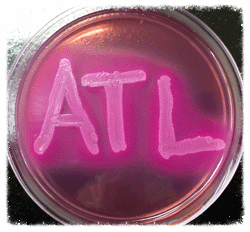
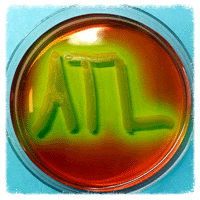
Selective and differential media are particularly useful for evaluating contaminated consumer products, processing environmental swabs, and conducting multi-species bio-aerosol tests. If ATL microbiologists ever refer to a “mixed culture” when talking to you about a study for your company, there is a good chance that selective and differential media is at work behind the scenes.

